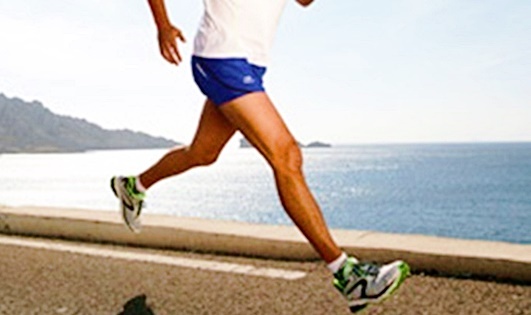Science tells us that by impact standards, a high collisional force as well as greater joint loading are consistent consequences of heel strike running. At faster running speeds, these impacts exceed tolerance, resulting in pain and fatigue because the body needs to continuously work harder to absorb the excessive impact. This is one of the many reasons heel strike running does not sustain well economically as well as for injury prevention. Read more here about how heel strike running has more negative forces at work on the leg as compared with forefoot running.

Bretta Riches
"I believe the forefoot strike is the engine of endurance running..."
BSc Neurobiology; MSc Biomechanics candidate, ultra minimalist runner & founder of RunForefoot. I was a heel striker, always injured. I was inspired by the great Tirunesh Dibaba to try forefoot running. Now, I'm injury free. This is why I launched Run Forefoot, to advocate the health & performance benefits of forefoot running and to raise awareness on the dangers of heel striking, because the world needs to know.
BSc Neurobiology; MSc Biomechanics candidate, ultra minimalist runner & founder of RunForefoot. I was a heel striker, always injured. I was inspired by the great Tirunesh Dibaba to try forefoot running. Now, I'm injury free. This is why I launched Run Forefoot, to advocate the health & performance benefits of forefoot running and to raise awareness on the dangers of heel striking, because the world needs to know.
Latest posts by Bretta Riches (see all)
- Can You Run In Barefoot Shoes? Yes, But DON’T Heel Strike! - 21/07/2024
- Why Cushioned Running Shoes Are Really Bad for Your Feet - 19/07/2024
- Do Cushioned Running Shoes Cause Injuries? - 17/07/2024

